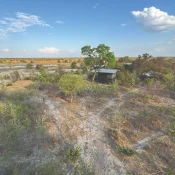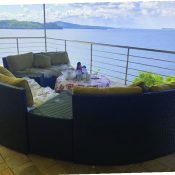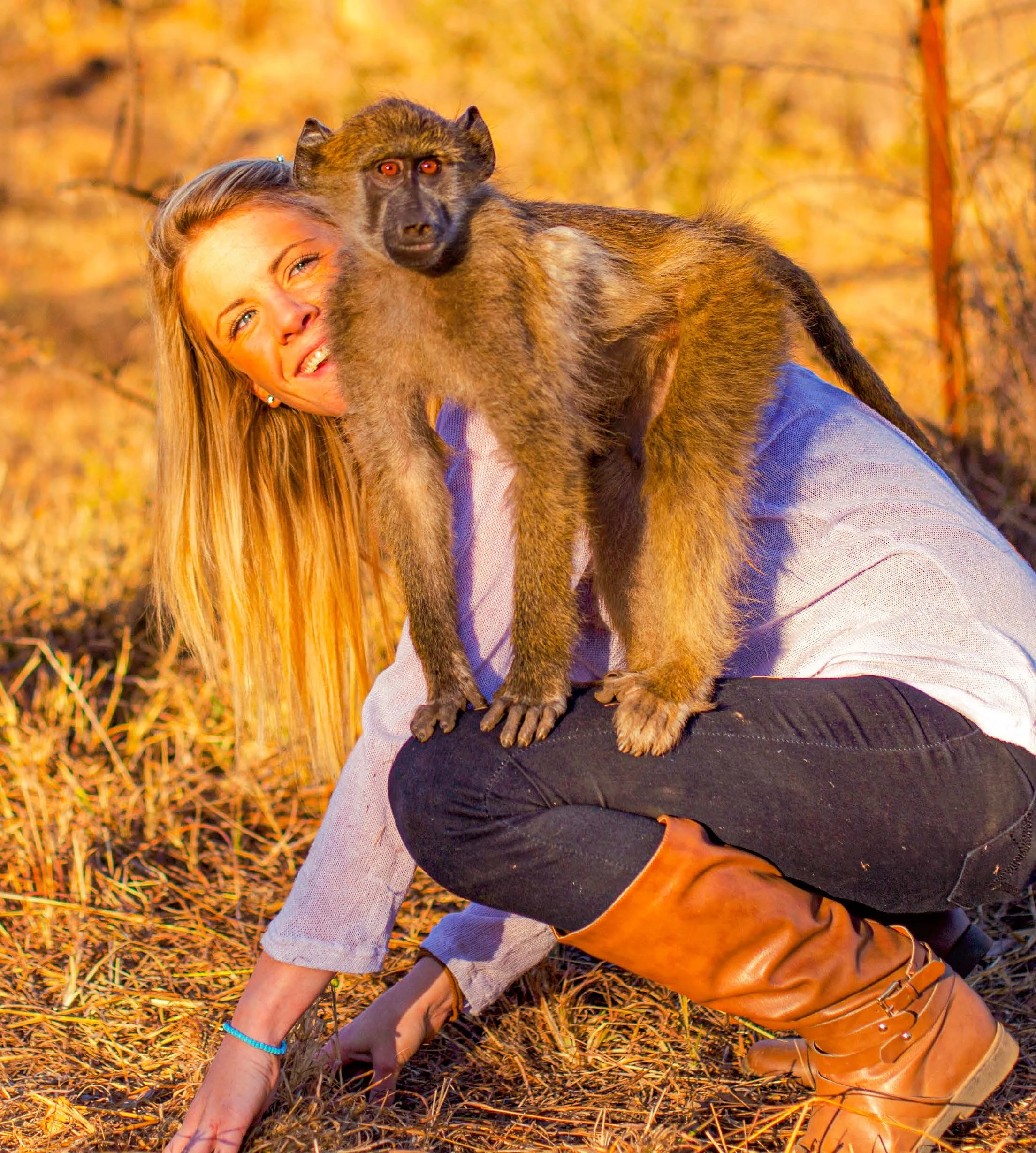
Free 2 Be Wild Sanctuary: Giving wild animals a second chance to return to the wild
Tucked on the outer limits of Burnside, one of Bulawayo’s low-density suburbs, Free 2 Be Wild Sanctuary is a wildlife rehabilitation success story. It is Zimbabwe’s first wildlife rehabilitation specializing in primates and sits on a 63-acre plot, providing a free-roaming environment and home for scores of wild animals, being rehabilitated and returned into the wild. The centre only takes in rescued wild animals, most of them primates. Under rehabilitation currently are monkeys, baboons, kudu, warthog, duiker, and giraffes. A vulture that came in with one wing, an ostrich, two bush babies add to the ongoing list of animals under rehabilitation. A massive 250 animals have so far been set free in the wild, symbolising the success of the sanctuary. This impressive reputation has seen Baye Pigors, the centre’s founder winning the ‘Unsung Conservation Hero’s Award (2016). In 2013, she was also crowned Miss Earth Zimbabwe Fire, which is a conservation-based beauty pageant.
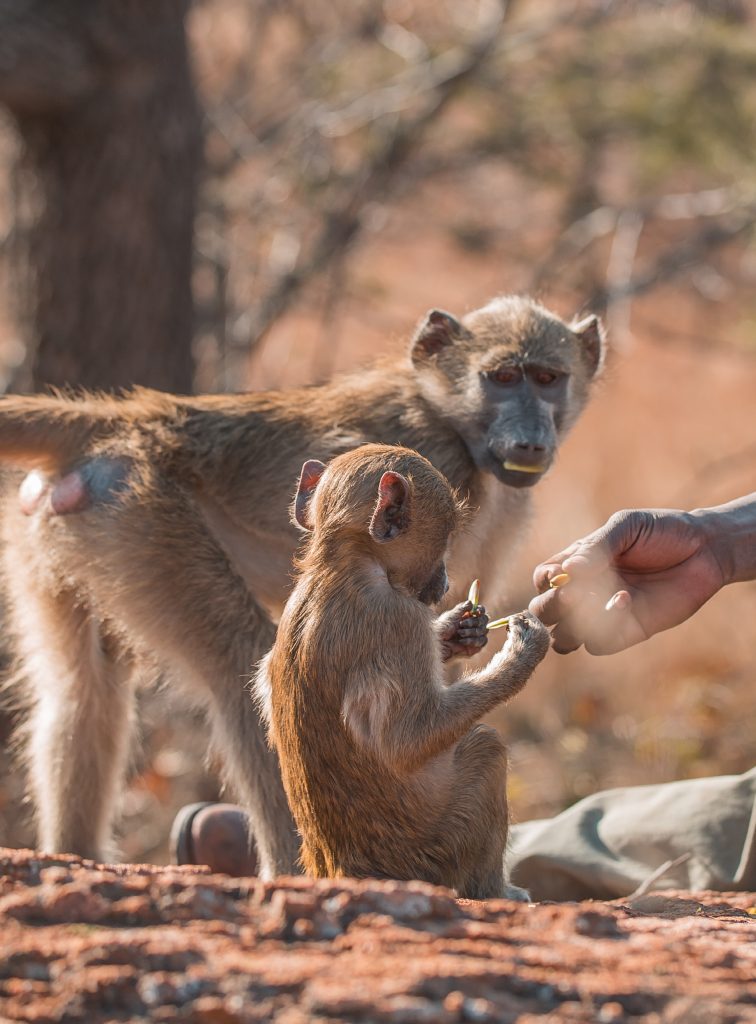
The rehabilitation process is such that all animals under their care and meeting certain criteria will be released after some time.
For instance, young baboons and monkeys usually take between 4 to 5 years to reach the full rehabilitation phase before being released. Before being released, the baboons or monkeys must first be able to mimic the behaviour consistent with a wild troupe. They must be able to show adequate bonding with adult baboons within the sanctuary, especially the young ones. They must also show that they have adapted to the wild, can protect each other, can look after each other, or forage correctly for their survival post-sanctuary period. The fact that the animals are mostly hand raised gives them a strong bond to humans which means they have to undergo extensive re-wildling phases to ensure successful release back into the wild, however some permanent residents that have come from being ex-pets are quite friendly and have never lost this bond with humans. The animals are also tagged to make tracing and tracking them in the wild, easy. The tags are non-invasive rendering the devices easy to bear and friendly to the animals. This preparedness is most critical to avoid the risks of exposing the animals to attacks by predators or humans upon release into the wild.
While the animals are brought on to the sanctuary with different life-threatening conditions, it is notable that a fair share of them, such as monkeys and baboons, arrive as young ones and are immediately put into rearing alongside adults who cater to their bonding needs. There is also a quarantine centre, which is located as one enters the sanctuary from the main gate. The quarantine centre is soon expanding to host the influx of animals.
Free roaming element:
What makes the sanctuary ideal
for wild animals is its capacity for providing free-roaming space that is typical of life out in the wild. The free-roaming aspect also allows visitors to the sanctuary to enjoy watching the animals in a natural setting resembling a national park environment. Due to the relaxed and safe environment the animals have in the free roaming facility they are not afraid of humans, allowing for close-up observations and experiences at the animals on will, whilst visitors are in their territory.
The amazing scope of work being undertaken at Free 2 Be Wild Sanctuary belies its location, on
the periphery of a major and developing city, giving it the necessary accessibility and convenience. Visitors would be forgiven for imagining they are in a far-off place, in some wildlife park out in the countryside. The landscape is savanna, distinguished by some hilly outcrops, with some wetland grass areas in some sections of the sanctuary. This natural beauty calls for this place to be experienced by more lovers of nature and wildlife!
Matopos release site:
Most of the animals are released into the Matobo National Park, in southwest Zimbabwe. The park has a significant population of species like black eagles and both black and white rhinos. Also known as Matopos, the park was chosen for its long-standing and successful reputation in rhino conservation.
Says Pigors, “Free 2 Be Wild chooses sites around Zimbabwe that have a good track record in wildlife conservation, and has a sound tracking record of the animals. We also look at other factors like easy accessibility of the release site by foot.”
The project also works with rural communities as a way of giving back or empowering the marginalized. One of these communities is from Kezi, Matobo District, about 100 kilometres (62 miles) out of Bulawayo. The members of the community supply wild pods or seeds that are fed to wild animals like impala, giraffes, and kudu.
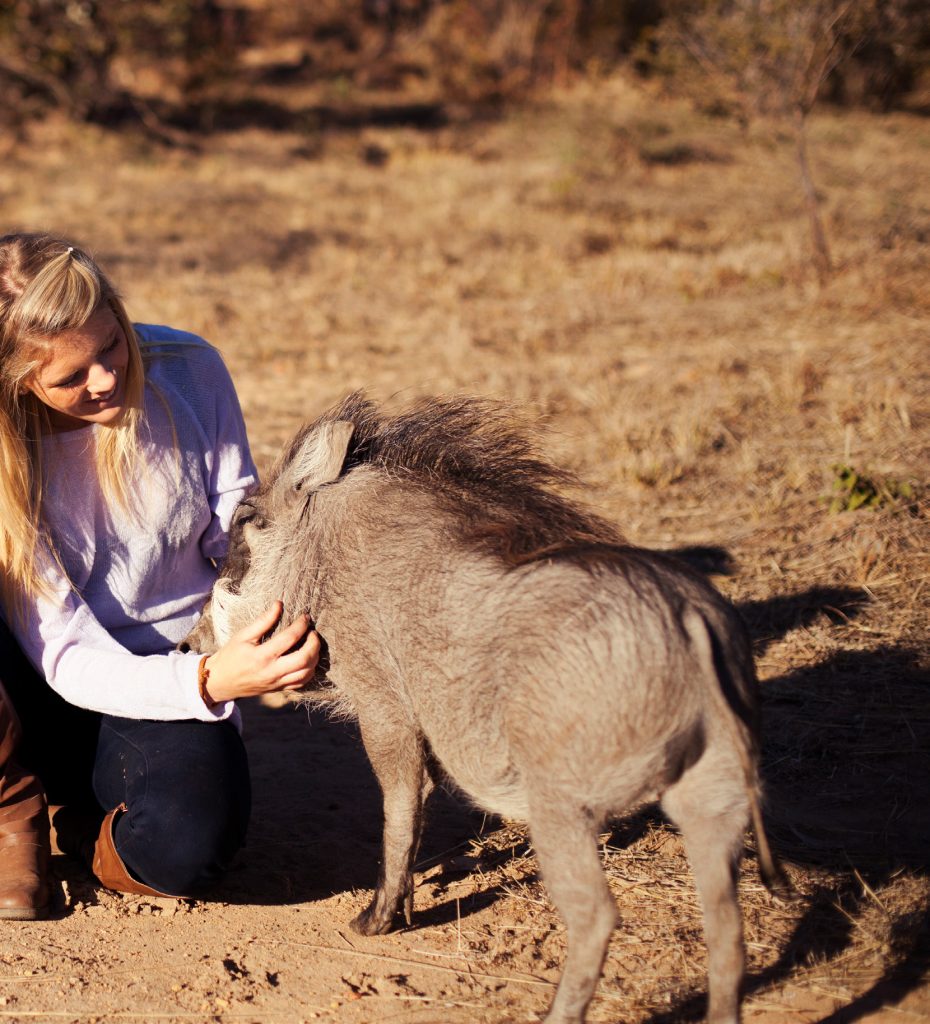
Communities within the immediate Burnside area benefit from employment opportunities
Supporting the surrounding communities with income opportunities is a key part of successful and long-term wildlife conservation, as they benefit and see the value derived from protecting the animals. The aim is to make communities see the value in these wild animals. The sanctuary also run an educational programme for school children, teaching them about conservation as well as co-existence with wild animals. The programme accommodates over 2000 children from around the country every term.
All the above wildlife conservation standards make Free 2 Be Wild Sanctuary one of the best wildlife rehabilitation stories in Zimbabwe and Africa. The tremendous achievements so far show the amount of work that has gone into the project from day one, when the project was humbly born from a small and almost random case of Pigors taking on the care of a baby baboon.
Challenges:
“One of the major problems we have is that we are dealing with lesser-known species rather than the so-called Big Five. People would say there is no point in rescuing wild animals, it’s a waste of time and resources. So, we want to educate communities and make them understand that each of the elements in the ecosystem needs to be balanced,” said Pigors.
“One of the major problems we have is that we are dealing with lesser-known species rather than the so-called Big Five. People would say there is no point in rescuing wild animals, it’s a waste of time and resources. So, we want to educate communities and make them understand that each of the elements in the ecosystem needs to be balanced,” said Pigors.
The sanctuary is also in need of donations as it relies on whatever comes from well-wishers, who value the noble work done there. Besides the donations, other forms of funding include a nominal entry fee. Because the centre has a policy of taking in controlled numbers of visitors, this results in little funds being realised annually. The reality is that the centre could do better with not only more donations but constant sources of support from businesses and other interested organisations in Zimbabwe or internationally.
Sustainable donations will also allow better planning and make improvements where necessary.
It was heartening to hear from Pigors that the centre currently has adequate human resources though that will change with time.
Though the sanctuary takes in abandoned, wounded, or sick young or old wild animals from anywhere in Zimbabwe, Pigors has set on expanding the project, by setting up similar centres or spreading the sanctuary concept across the country, among other expansion ideas.
Free 2 Be Wild Sanctuary is a great place within a city environment to experience the way wild animals are getting a shot at a second life back in the bush. It’s not enough to read about its magic, instead, it’s highly recommended to visit and immerse yourself in never-before-seen interactions with species that you never thought are friendly to human beings.
Text by Martin Chemhere
Images by Free 2 Be Wild Sanctuary
All Categories
Recent Posts
Kazuma Safari Camp –
Kariba’s Kumabirira Lodge Is The Perfect Hideaway
Contact Us
+263 789 532 918

